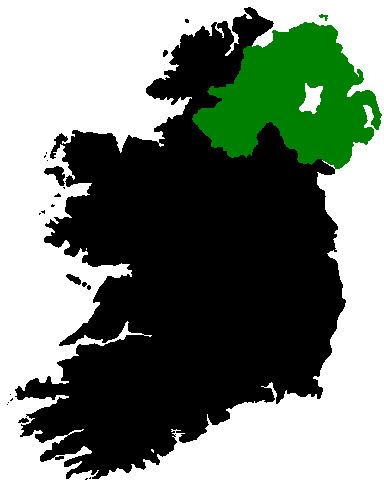Abbreviation RUC Dissolved 4 November 2001 | Formed 1 June 1922 | |
 | ||
Legal personality Governmental: Government agency | ||
The Special Patrol Group (SPG) of the Royal Ulster Constabulary was a tactical reserve of 150 officers which had the role: to provide backup in civil commotion, to police sensitive areas at times of confrontation, and to show the flag in a disciplined and impressive way to those who wished to break the peace. Formerly known as the Police Reserve Force, the name was changed to Special Patrol Group in 1970 to avoid confusion between the Reserve Force and the newly formed RUC Reserve.
Contents
History
Each SPG had 30 members. These were the first policemen trained by the British Army in the use of riot equipment and tactics which it had developed since starting Operation Banner in Northern Ireland in 1969. They were given upgraded weaponry and dispersed in units across the region.
The SPG was the closest thing the RUC had to a dedicated anti-paramilitary unit in the earlier days of the Troubles. The British Army disagreed with its use, believing that army units were better disposed to carry out this role.
Bronze section
Within the SPG another unit was formed and given the name "Bronze section". Apparently modelled on the Mobile Reaction Force created by Brigadier (later general) Frank Kitson. Whilst, like its army counterpart, not enjoying any notable successes, the formation of Bronze section led directly to the creation of the police "E" units within Special Branch the best known of which is the E4A department which dealt with humint and E4B which specialised in operations such as ambushes etc. Bronze section itself was replaced by the secretive Special Support Unit (SSU) which was trained by the SAS and intended for direct action against IRA ASU's using humint supplied by E4A.
Arrests
Two SPG members, John Weir and Billy McCaughey were arrested in 1979 and confessed to paramilitary activities. In June 1980, they were convicted of the murder of Catholic chemist William Strathearn in April 1977.
Weir accused his colleagues of participation in 11 killings. An independent inquiry in 2006 found that in 7 out of 8 cases, ballistics tests corroborated his claims, linking the killings to weapons carried by RUC officers. The Barron report found that a group of loyalist paramilitaries, RUC officers, and British military personnel operating out of a farm in Glenanne was responsible for up to 31 killings. This group become known as the Glenanne gang.
The SPG was temporarily restricted from patrolling republican areas such as Crossmaglen and Silverbridge. However, some of the restrictions were lifted after Weir and another RUC officer met Harold McCusker, the local Unionist MP and asked for them to be lifted. According to Toby Harnden, "the years when McCaughey and the RUC Special Patrol Group were at large represented the only period when loyalist paramilitaries made forays deep into South Armagh, a republican stronghold".
The Armagh SPG was stood down and the remainder of the Special Patrol Group was renamed as the Divisional Mobile Support Unit (DMSU) which had already existed as to supplement the numbers in the SPG.
Casualties
The first SPG casualty was Const Robert Buckley from Portadown, married with two young daughters. Killed 26 February 1971 when gunmen opened fire from the cover of a rioting mob at Alliance Avenue, Belfast An SPG constable, Noel Davies, was the first policeman killed by the INLA as he made to drive away a recovered stolen vehicle.
